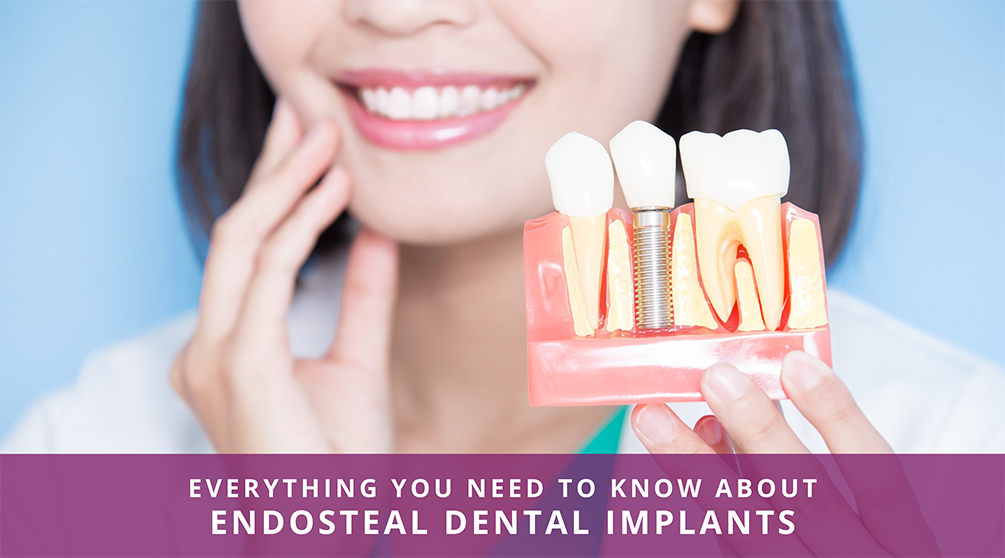Everything You Need to Know About Endosteal Dental Implants
When an adult loses a tooth, it’s imperative to replace it to maintain dental health. If not done on time and correctly, it can cause tooth shifting, additional tooth loss, and amplified instability within one’s mouth. One of the options to replace lost tooth or teeth is through dental implants, and one of the most popular kinds in that category is endosteal dental implants. The meaning of this implant translates to within the bone – this procedure involves surgically placing the implant into the patient’s jawbone.
At Richardsons Dental and Craniofacial Hospital, we provide endosteal dental implants in the most efficient way possible. Our esteemed founder, Dr. Sunil Richardson, will guide you through every step of the procedure. Our team is here to answer all your questions regarding the endosteal implant cost or any other dental implant surgery in India.
What Are Endosteal Dental Implants?
Endosteal dental implants are a recommended procedure for patients whose jawbone is fully developed, have healthy gum tissues, and haven’t gone through any bone loss in their jaws. The implant is inserted into the individual’s jawbone, and an abutment joins the implant to the new teeth or tooth. The new tooth is referred to as a dental prosthetic. This dental implant offers long-term solutions and allows patients to flash pain-free smiles.
There are two types of endosteal implants, namely, blade and cylinder. Both these types of endosteal implants contain a post that is placed over the patient’s gum tissue, on top of which the prosthetic tooth or teeth are placed. Blade implants are flat, thin pieces of titanium that can be used when the part of your jawbone that holds your teeth becomes ineffective. Cylinder implants refer to titanium screws and are more commonly seen in endosteal dental implants.

How Do Endosteal Dental Implants Work?
Endosteal dental implants give patients a sturdier foundation for new teeth and help keep more issues at bay, preventing the possibility of root canals, bridges, and other crowns. A titanium implant gets placed by a surgeon into the patient’s jawbone for a couple of weeks. Due to this procedure, individuals get to talk and eat properly, owing to the newly fused bone that lends adequate support. With time, this frame fuses with the bone, and this process is referred to as osseointegration.
Once a few weeks have passed in recovery, an abutment emerges. This tiny connector resembles a screw and fits into the titanium implant. The artificial tooth is then cemented to the abutment.
Individuals must resort to routine teeth cleanings, flossing, and daily brushing to maintain endosteal dental implants. Patients are often recommended to avoid tobacco and hard foods in such cases.
Get in touch with us to book an appointment and explore further about endosteal implants.

